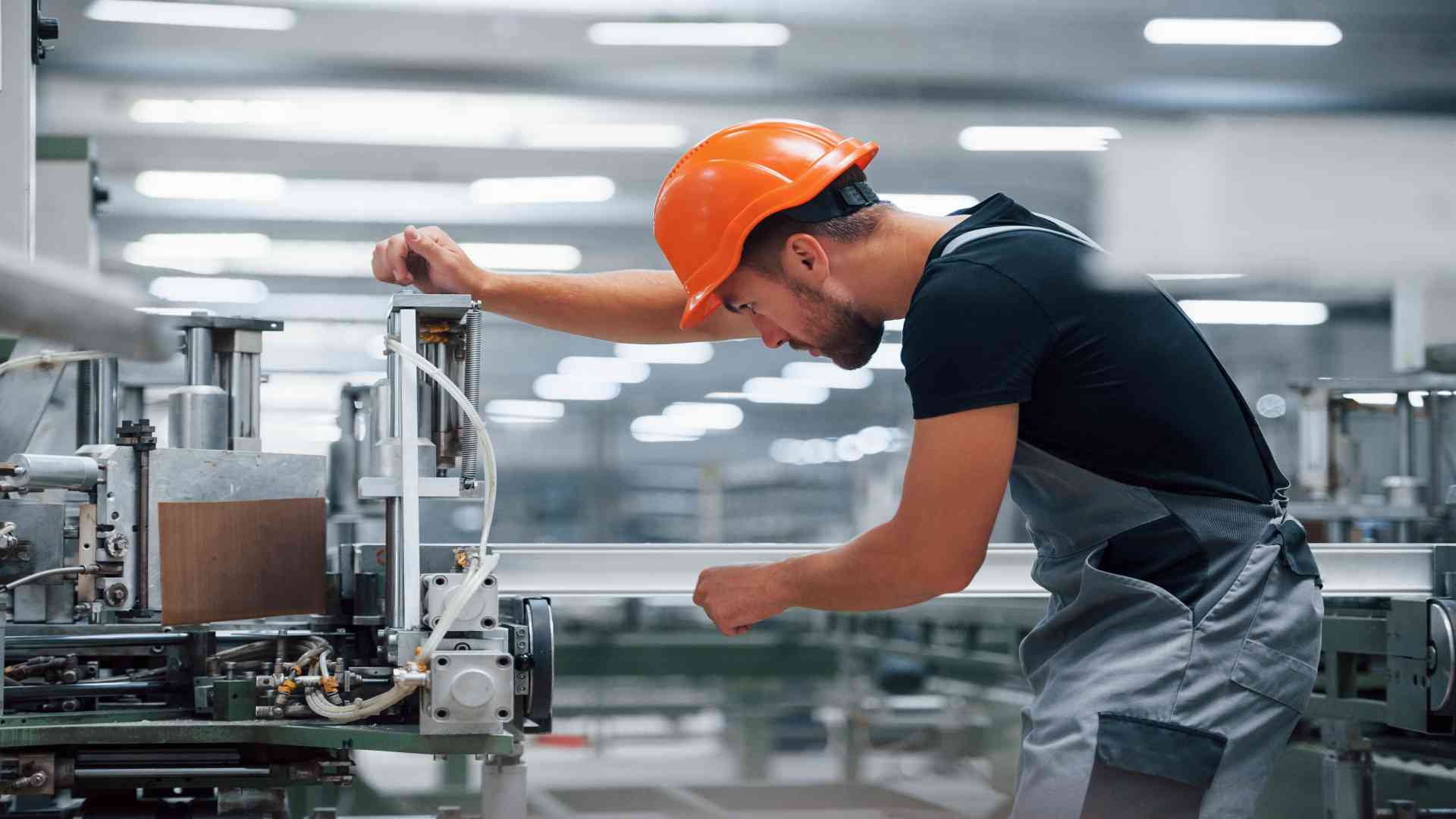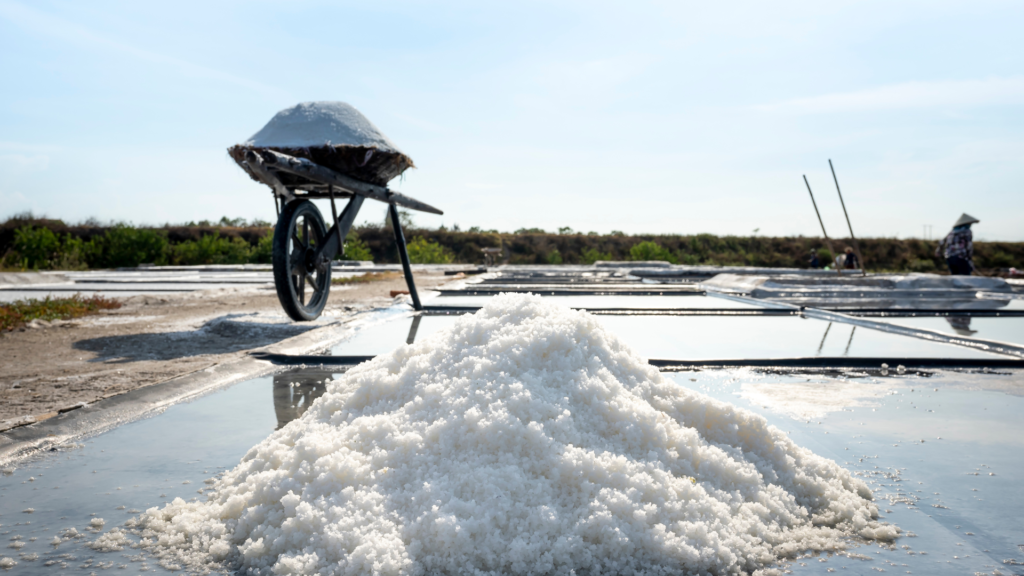The Future of the Global Borosilicate Glass Market
Borosilicate glass is set to continue its reign as a top choice for manufacturers and consumers. Thanks to its many benefits – including high strength, low expansion, and resistance to heat and chemicals – this type of glass is used in everything from cookware and medical devices to solar panels and telescopes.

Borosilicate Glass
About Borosilicate Glass
Borosilicate glass is renowned for being sturdy and long-lasting. It is made by adding boron trioxide to silica. This makes the glass more resistant to thermal shock, meaning it can withstand drastic changes in temperature without breaking.
Borosilicate glass is also less likely to break when exposed to sudden impacts. As a result, it is often used in products requiring a high safety level, such as cookware and laboratory equipment.
In addition, the glass has a very low coefficient of expansion, meaning it expands and contracts very little when exposed to changes in temperature. This makes it ideal for use when precision is critical, such as in medical devices and optical instruments.
How is the Borosilicate Glass Market Evolving?
Borosilicate glass was first developed in the 1880s in Jena by German glassmaker Otto Schott, which is why it was previously known as Jena glass. When Corning Glass Works brought Pyrex in the early twentieth century, the name became similar to borosilicate glass.
Since the 1940s, any glass developed with the Pyrex brand was made of soda-lime glass. Borosilicate glass is a family of glass that includes members designed for entirely different purposes. Borosilicate 3.3 or 5.0x glass is the most common, including Kimax, Duran, or Quartzline brands.
Key Trends For Borosilicate Glass Market Growth
As per Future Market Insights, the borosilicate global market is predicted to rise with a CAGR of 7% from US$ 2.03 billion to US$ 4 billion during the forecast period of 2022-2032. The market is attributed to the high demand from the solar power industry. This glass is ideal for solar applications due to its high resistance to heat and chemicals.
The global demand for solar energy is increasing as environmental regulations strengthen. China, Germany, Spain, and the United States have several of the world’s most significant solar resources. Because of rising environmental responsibility, developed and developing countries are implementing solar panels, which is anticipated to improve the market in the coming years.
Another factor enhancing the solar industry and pushing the market is favorable government policies. The Indian government, for example, established the International Solar Alliance (ISA). The goal is to convey a powerful message to countries worldwide about the growing threat of climate change.
By 2022, India plans to deploy 175 GW of renewable energy, 100 GW of which will be solar. The global borosilicate market will flourish due to such progressive initiatives by developing countries.
Furthermore, China, the United States, and the European Union are taking action, such as capital subsidies, investment tax credits, and FiT. As these policies improve the solar power industry, the borosilicate glass market will rise significantly.
Borosilicate glass is also used in various other industries, such as pharmaceuticals, automotive, and electronics.
Borosilicate Glass Market Segments
The borosilicate global market is segmented by type, application, end-use industry, and region.
Market Segment by Type:
- High-borate borosilicate glass
- Alkaline-earth-containing borosilicate glass
- Non-alkaline-earth-containing borosilicate glass
Market Segment By Applications:
- Sealing Glass
- Neutral Glass
- Lighting Glass
- Heat Resistance Glass
- Solar Glass
- Display Screens
- Cosmetics Containers
- Glass Microspheres
- Others
Market Segment by End-Use Industry:
- Laboratories & Pharmaceuticals
- Electronics & Semiconductor
- Food & Beverage
- Home & Commercial Appliances
- Lighting
- Automotive
Market Segment by Region:
- North America
- Europe
- Asia Pacific
- Latin America
- Middle East & Africa
Active Global borosilicate markets are the U.S., U.K., Canada, Brazil, France, Spain, Italy, Mexico, Germany, South Korea, Malaysia, Japan, China, Australia, Singapore, South Africa, etc.
Global Market Competitors
Below is a list of the major competitors in borosilicate glass production.
- Corning Incorporated
- AGC Inc.
- Swift Glass
- Gerresheimer AG
- SCHOTT AG
- Hilgenberg GmbH
- Kavalier
- Noble Glass Works Pvt. Ltd.
- Borosil Glass Works Ltd.
- Hangzhou AiJia‘s Glass Products Co., Ltd.
Some recent competitive activity in the market saw Credence MedSystems and SCHOTT AG partner in October 2020 to use Credence Companion® technology with SCHOTT TOPPAC ® and SCHOTT’s pre-fillable syriQ® polymer syringe frameworks.
The companies collaborated to integrate technologies and provide the pharmaceutical industry with an innovative proposition for the shipment of medical equipment via syringes.
Corning Inc. (NYSE: GLW) and 5E Advanced Materials, Inc. (NASDAQ: FEAM) signed a non-binding letter of intent (LOI) in 2022. Under the terms of the LOI, FEAM will offer boron specialty materials that will be utilized in Corning products. Furthermore, the two companies will discuss technical know-how, which may lead to better versions or emerging technologies for these high-performance elements.
Market Highlights
The Asia-Pacific region is expected to be the largest market during the forecast period of 2022-2032 due to the rising urbanization and discretionary cash in the region’s emerging economies.
The advancement of the Asia Pacific’s electronic and semiconductor industries is another critical factor for market growth. Japan, South Korea, and Taiwan are expanding in the electronics and semiconductor industries, supporting borosilicate demand over the forecast period.
Various market players are actively contributing to the market growth. For example, Toshiba Electronic Devices & Storage Corporation revealed in June 2022 that Toshiba Electronics Europe GmbH (European sales and marketing branch) had deepened its ties with Farnell, Europe’s well-known electronic components and services provider.
According to the conditions of the agreement, Farnell will market Toshiba products in greater quantities, thereby expanding Toshiba’s consumer supply chain. Such measures will influence regional borosilicate glass demand and boost the industry over the forecast period.
North America will drive market growth due to the advancement of pharmaceutical packaging and the rising usage of solar energy tubes.
The United States passed the 21st Century Cures Act to encourage medical product innovation. Such regulations are expected to boost borosilicate glass demand over the forecast period.
In another case, the United States implanted 3.9 gigatonnes of solar PV capacity in Quarter 1 of 2022 to ensure 126.1 gigatonnes of total power, enough to supply 22 million American homes. Over the forecast period, such factors will boost the borosilicate market in North America.





